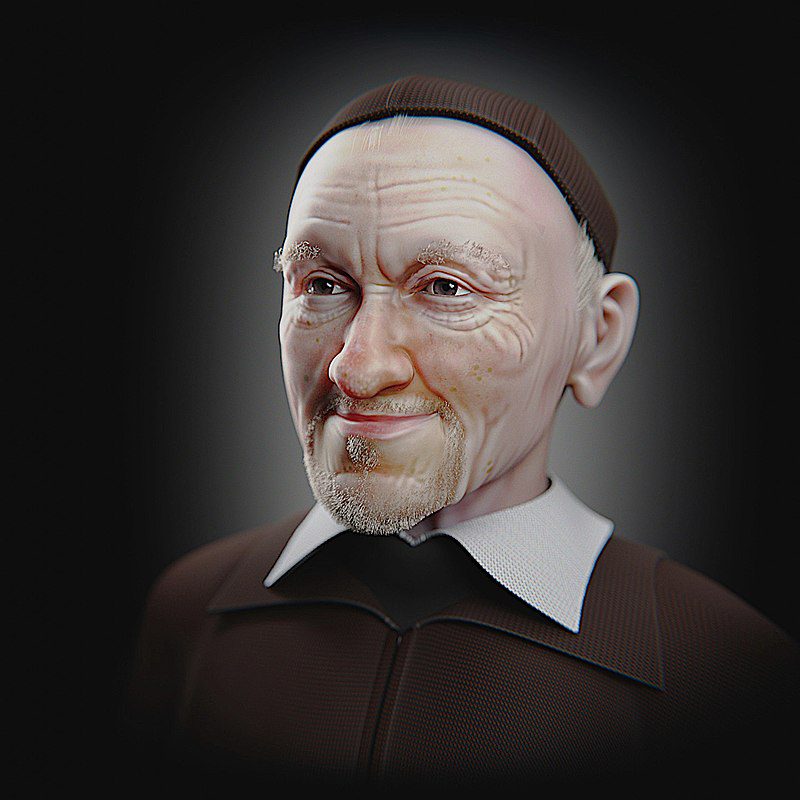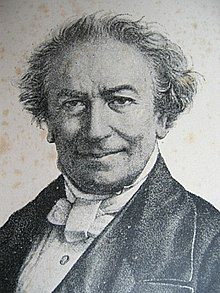The Scout Spirit of Dibbelsdorf
ardec presents a case that happened around December 1761, in the city of Dibbelsdorf – Germany, whose documents were published in 1811. The original article, written by Dr. Kerner, was translated into French by Alfred Pireaux.
It is another article of interest about the spiritist facts, which have always occurred everywhere and at all times. However, science was not yet ready to seriously analyze them, even less in the case of Germany at that time.
Despite the fact that the facts – clever knocks on a corner of the Kettelhuts' house – were analyzed from all possible aspects, reaching the point of demolishing walls and a deep hole, in addition to confining all the residents to their houses and placing in observation the suspects, nothing was found. The only possible answer was never accepted, and they ended up prosecuting and condemning, under a coercive confession, the Kettelhuts.
We highlight Kardec's observation, always surgical in his words:
OBSERVATION: If we pay attention to the date when these things took place and compare them with what is happening in our day, we will find in them perfect identity in the manner of manifestation and even in the nature of the questions and answers. Neither America nor our time discovered the scouting spirits, as they did not discover the others, as we will demonstrate by countless authentic and more or less ancient facts.
KARDEC, RE Aug/1858
There is, however, between current phenomena and those of the past, a major difference: the latter were almost all spontaneous, while ours are produced almost at the will of certain special mediums. This circumstance allowed them to be better studied and their cause more in-depth. To the judges’ conclusion that “perhaps the future will enlighten us in this regard”, today the author would not answer: “the future has not taught us anything yet.” If this author were still alive, he would know, on the contrary, that the future taught everything and that the justice of our days, more enlightened than a century ago, would not commit, in relation to spiritist manifestations, mistakes that remind those of the Middle Ages. Our own sages have penetrated far enough into the mysteries of Nature not to play with unknown causes. They are shrewd enough and do not expose themselves, like their predecessors, to a denial of posterity, to the detriment of their reputation. If something appears on the horizon, they don't run to proclaim, "This is nothing", for fear it might be a ship. If they don't see it, they shut up and wait. This is true wisdom.

